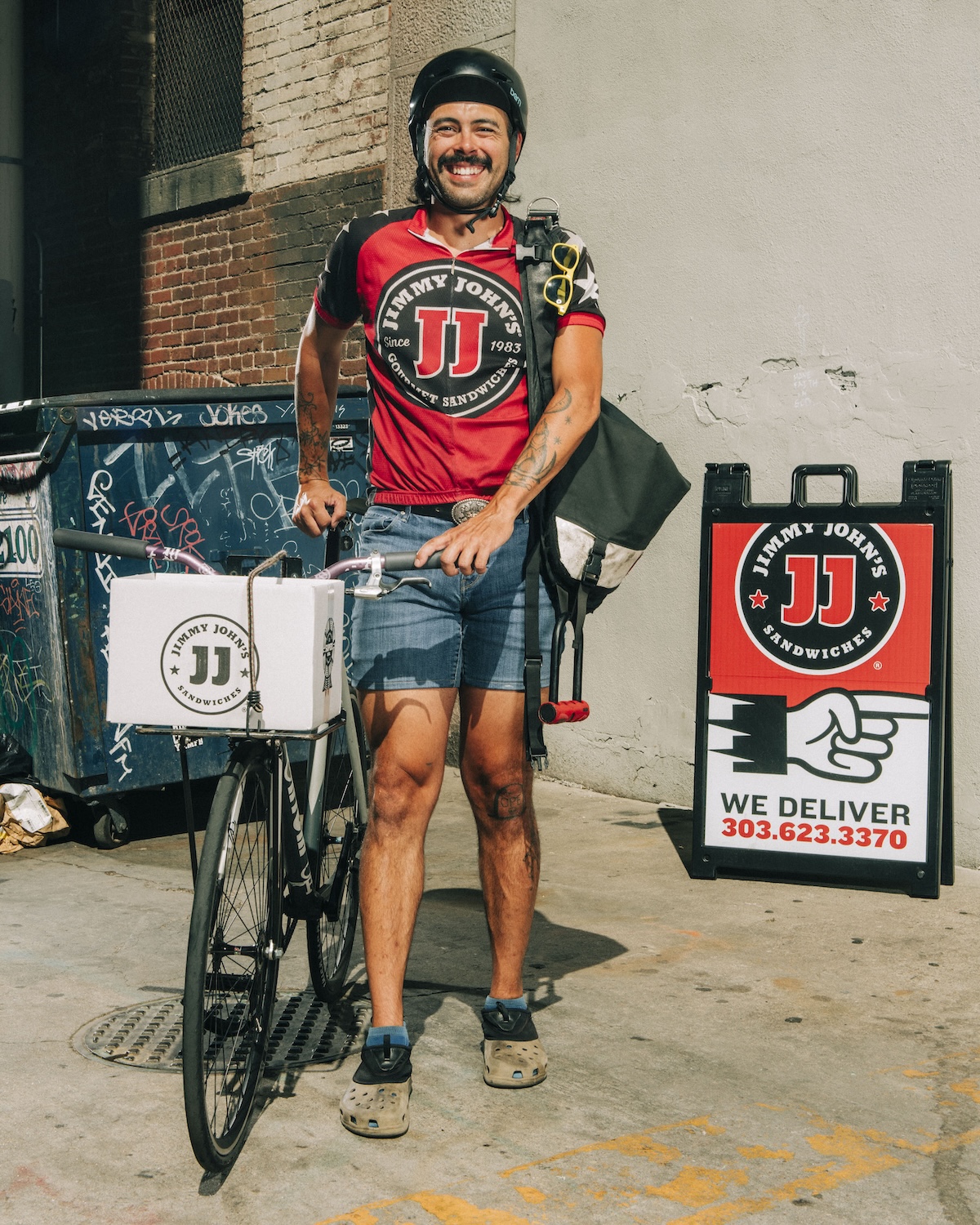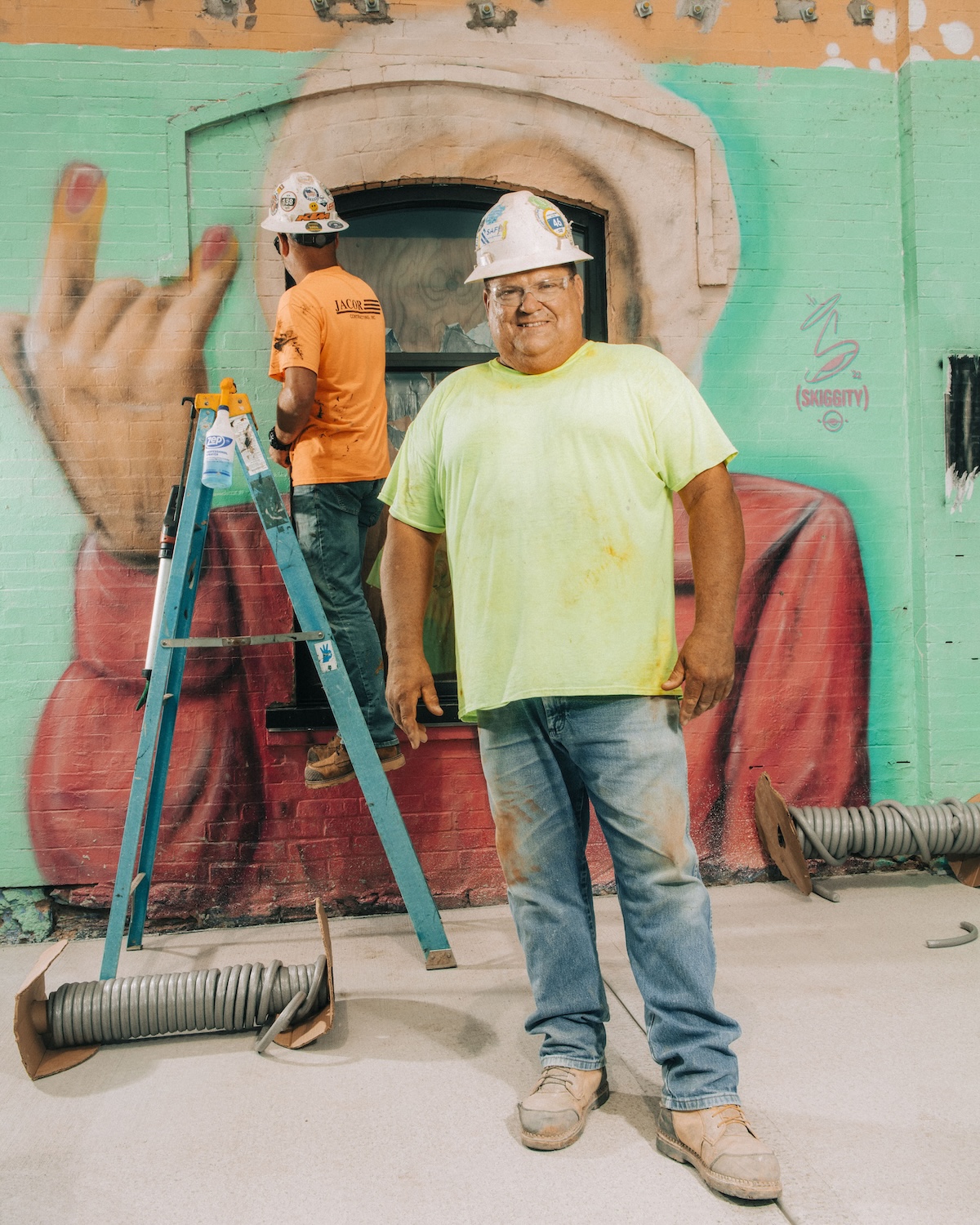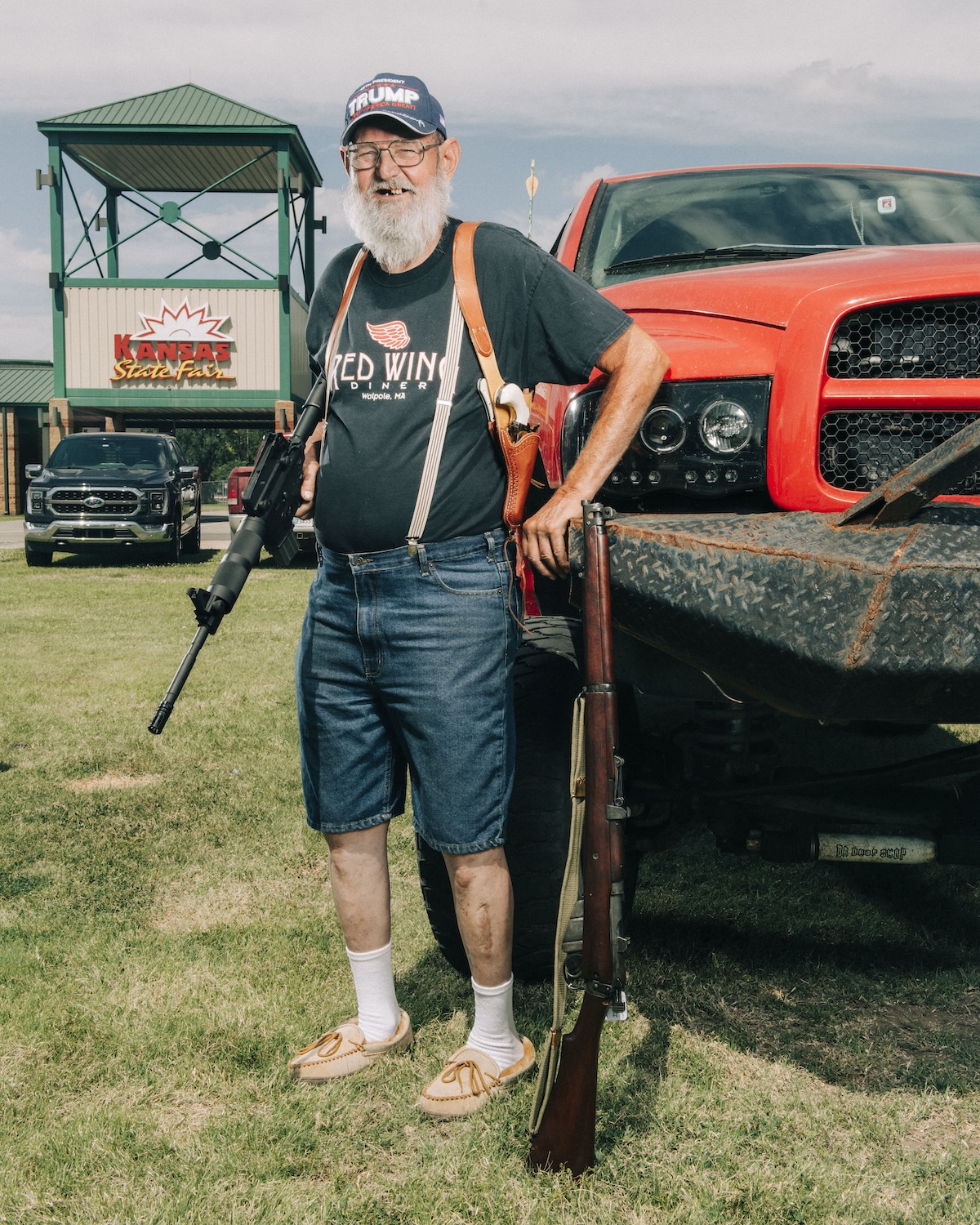Ideal Standard
© Stephan GladieuIdeal: Conception of perfection through thought. Exists only as an idea and not in reality.
In the continuity of Gladieu’s series North Korea, which draws the portrait of a country where the power confiscates iconography, Stephan Gladieu realizes a gallery of portraits in-situ of Americans in all their diversity, along the mythical Highway 50, The ‘backbone of America’. “As a counter-frame to the uniform and static image of North Koreans, I reveal the standardization of the American ideal through the codes of advertising.” states Gladieu.
To put this into context - The United States of America is a symbol of democracy, a pioneer in the conquest of space, a melting pot of pop culture, the United States of America has imposed the American dream on the rest of the world.
Through cinema and advertising, America disseminates the normative framework of an ultra-standardized ideal of life where all social interactions are ideally normed to leave no room for the unexpected. At Walmart and Starbucks, for example, staff are expected to smile at anyone within five meters and say hello to anyone within two. According to the Harvard Business Review, this "5/2 rule" demonstrates the standardization of human contact in America. In a post-Trump America with a fractured identity, challenged in its status as a world leader, where is the standard ideal of the American dream?
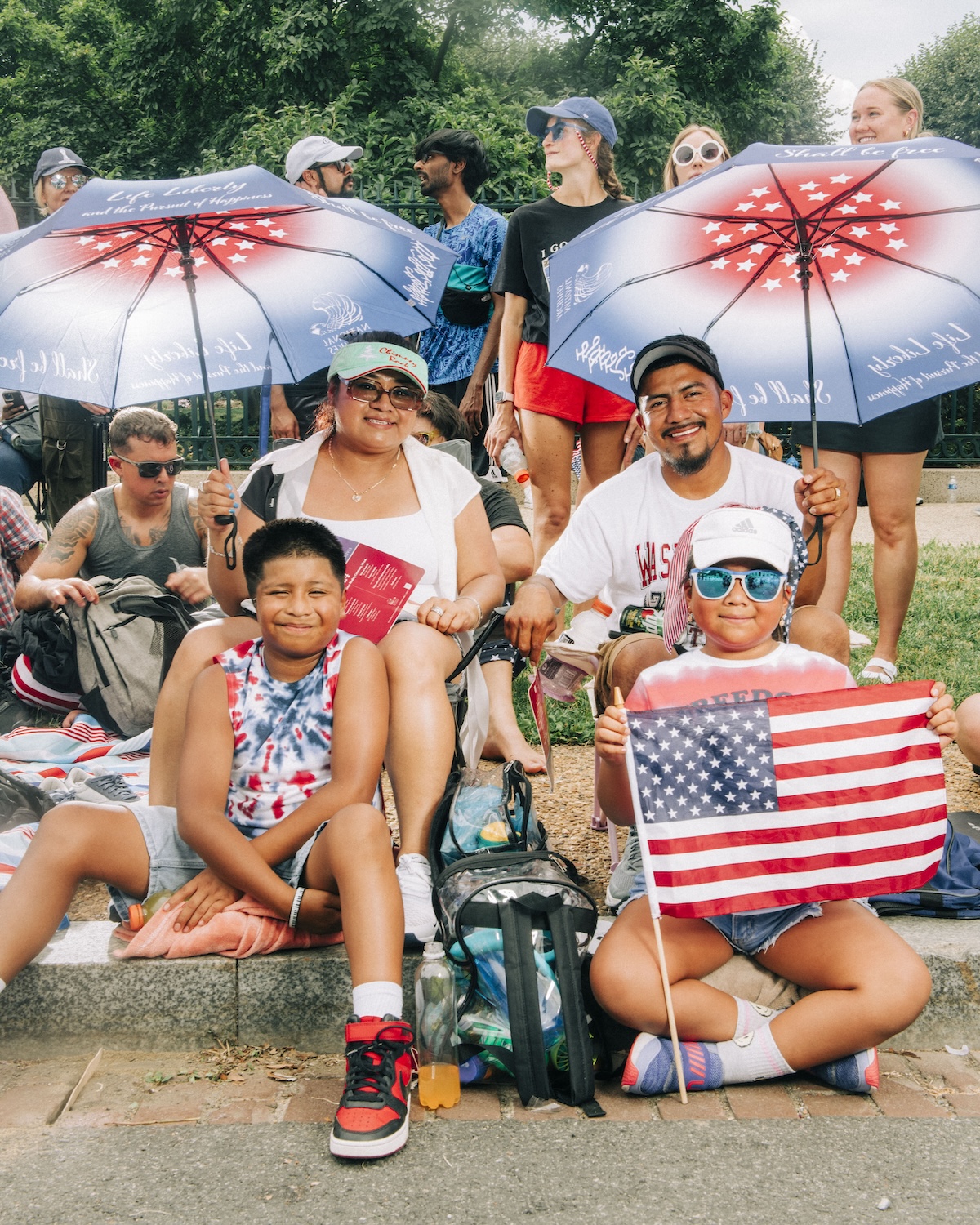
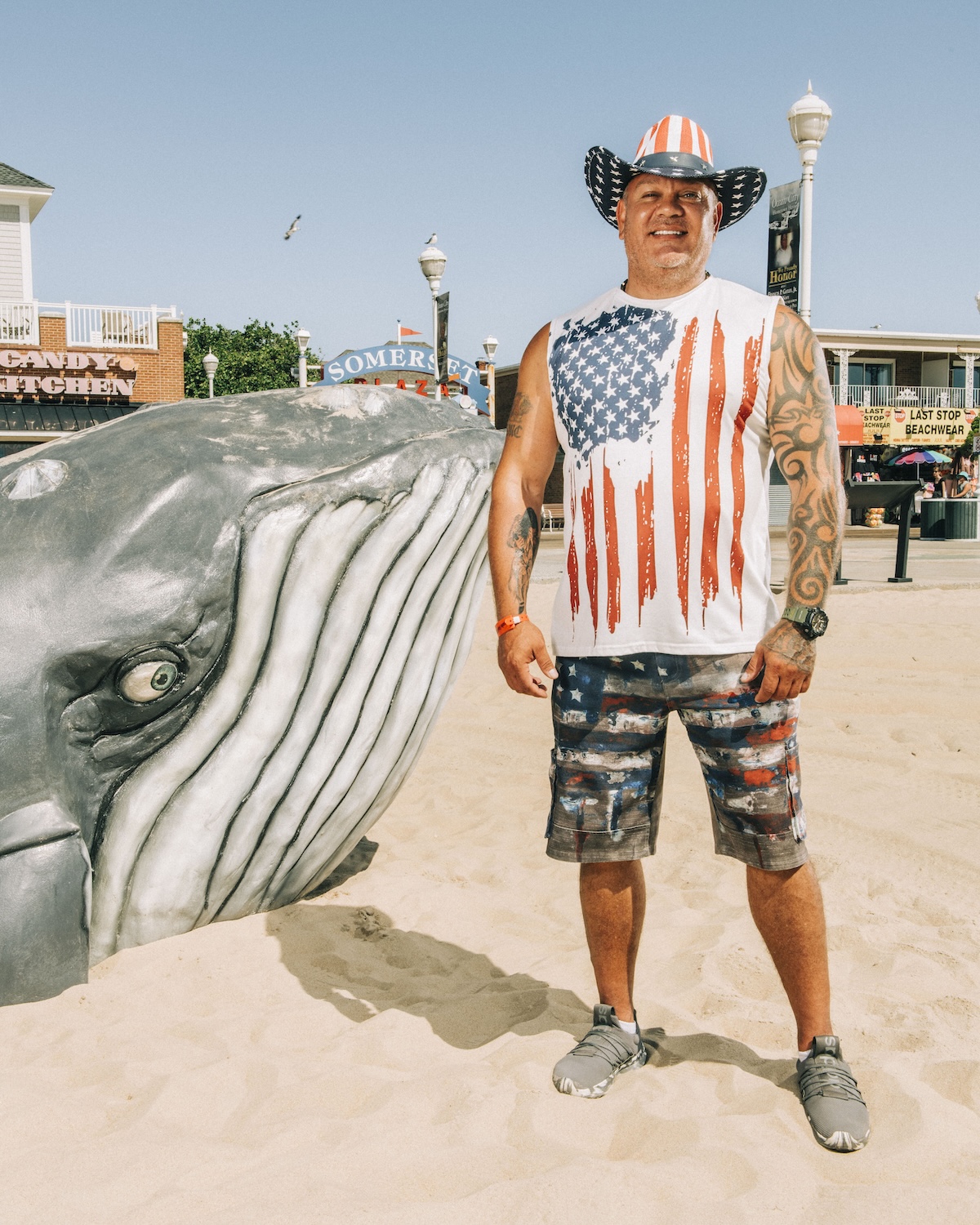



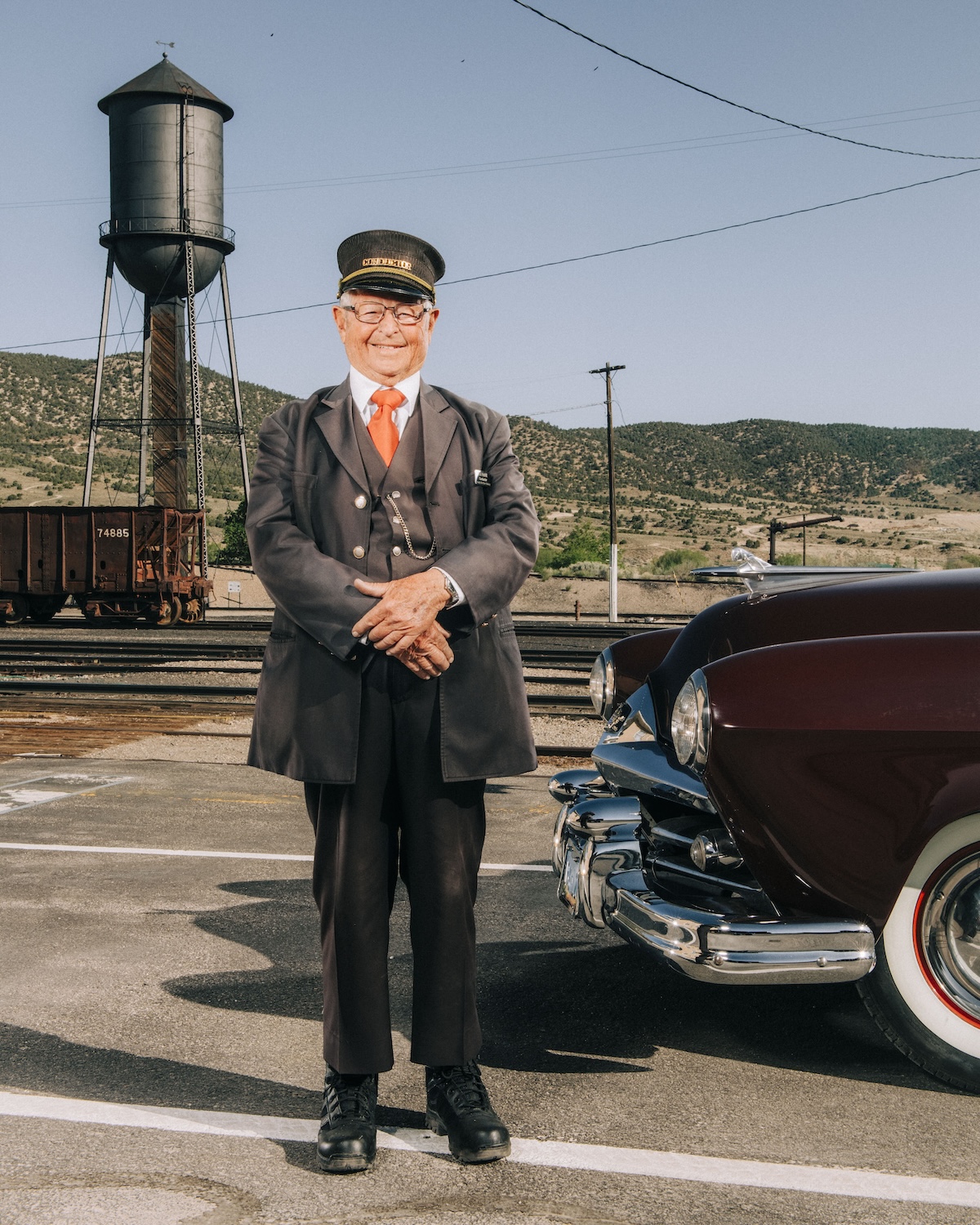
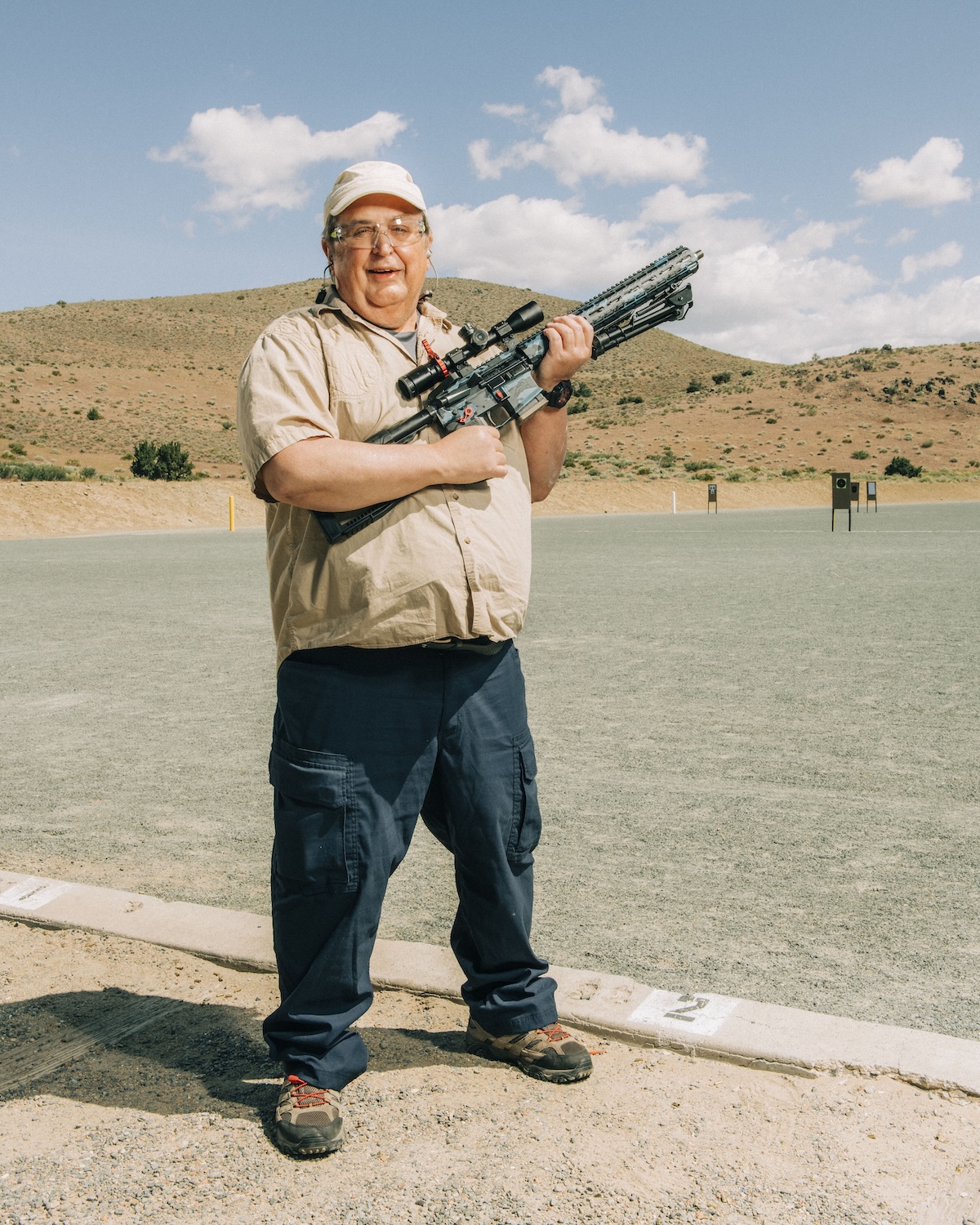

The history of America is linked to its transcontinental routes that connected, then united the states, facilitating exchanges between the Pacific and Atlantic shores. Highway 50, which connects Sacramento, the capital of California, to Washington DC, is emblematic. Created in 1926, it is considered by Time Magazine as being "the backbone of America". It tells the soul of this country and reflects what it has become: a colossus with feet of clay in need of an identity, whose vestiges are scattered along this historic road, which concentrates all its contemporary problems and makes it a marker of the identity of the United States.
Highway 50 is the setting for the portrait of an America torn between tradition and modernity, liberalism and conservatism, and communitarianism and individualism. An odyssey of 4945 km through 13 states that reflect the contrasts and multiple facets of this society in search of unity.
As in Gladieu’s seminal series North Korea he kept this iconic and frontal approach, which places the subject at the center of the frame and the use of colors which is at the heart of his photographic signature. “I approached this series with the same humanistic vision, the same rigour in the subject/background associations and the same photographic process as for the North Korea series, as a natural counter-field to this first opus.
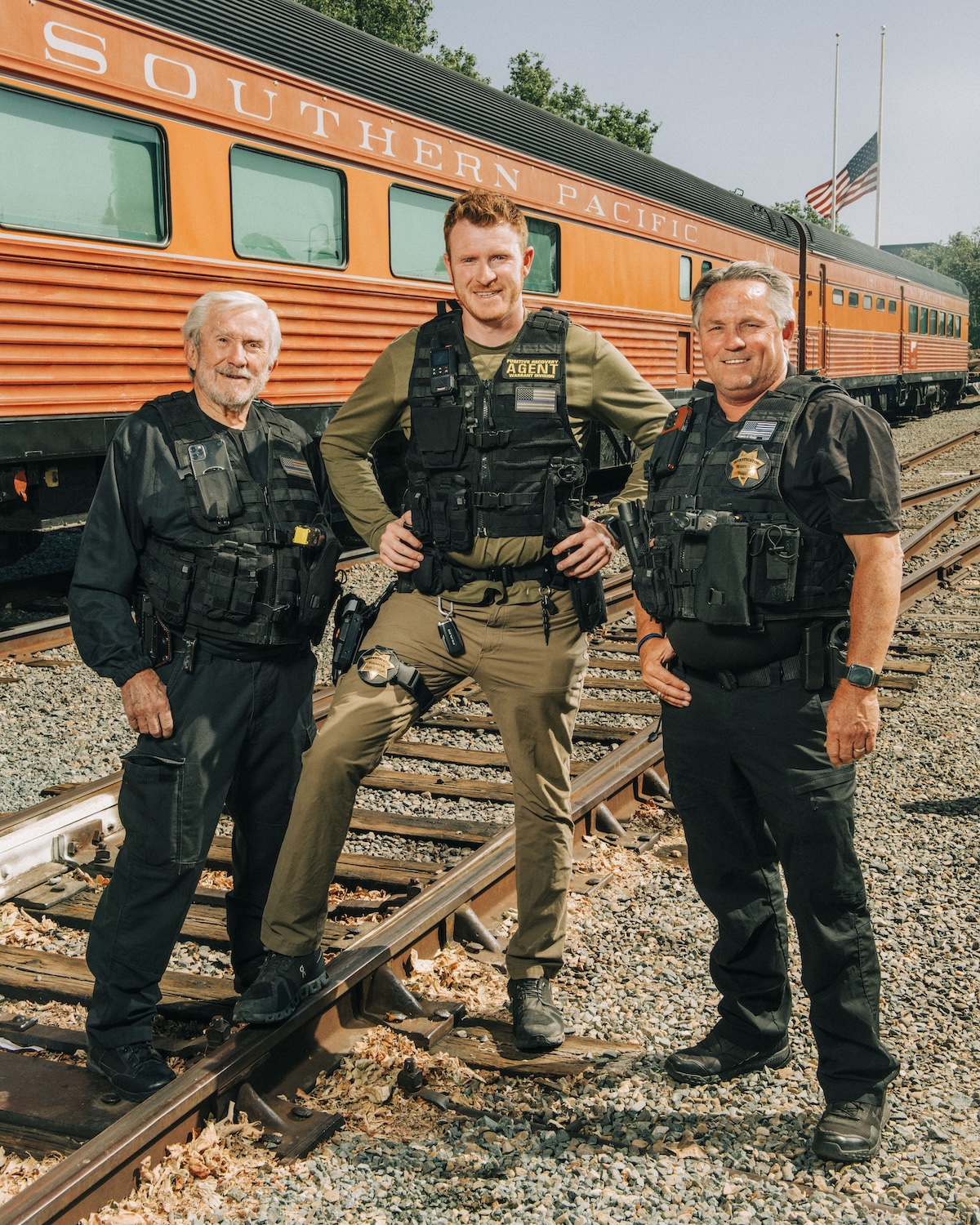
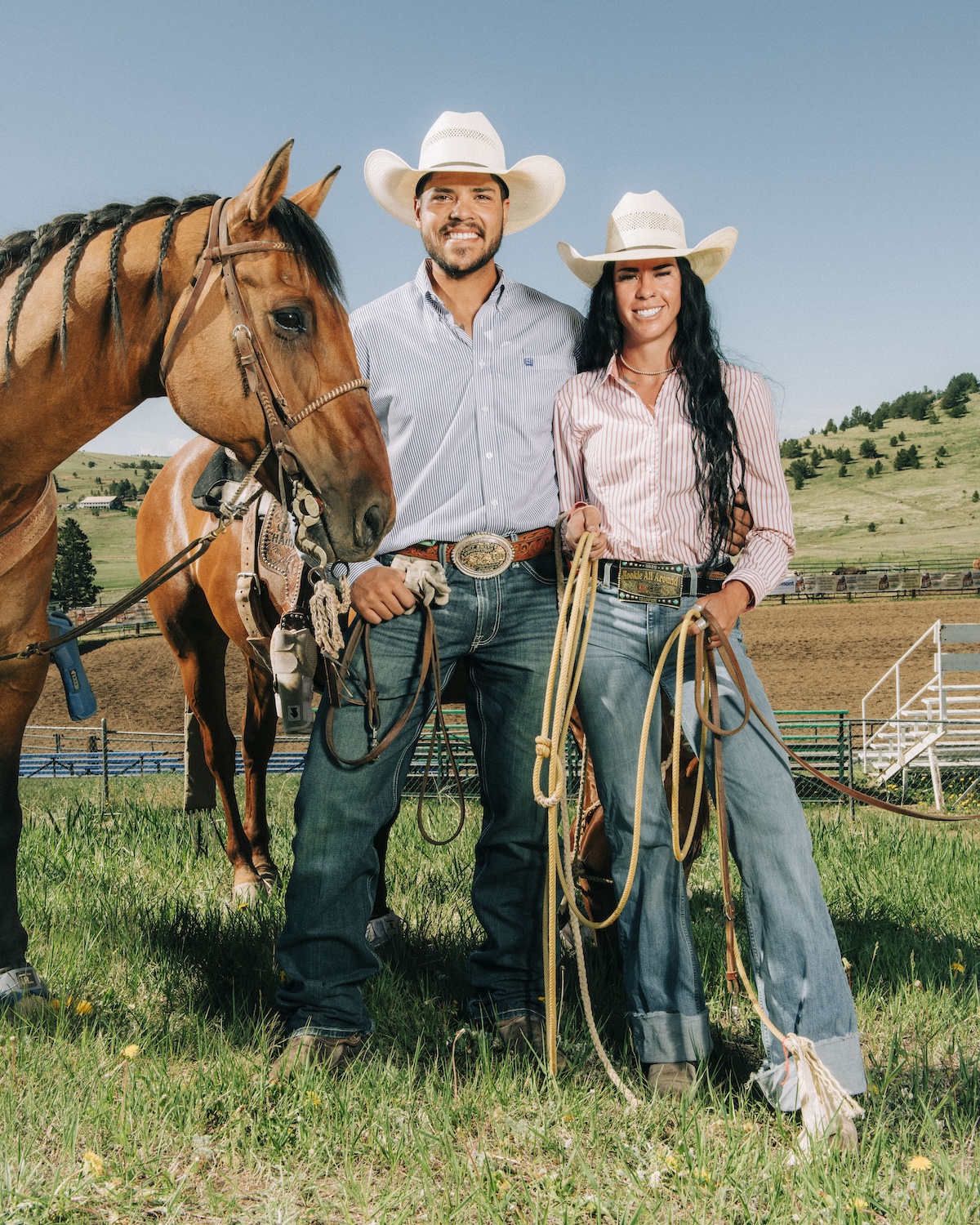
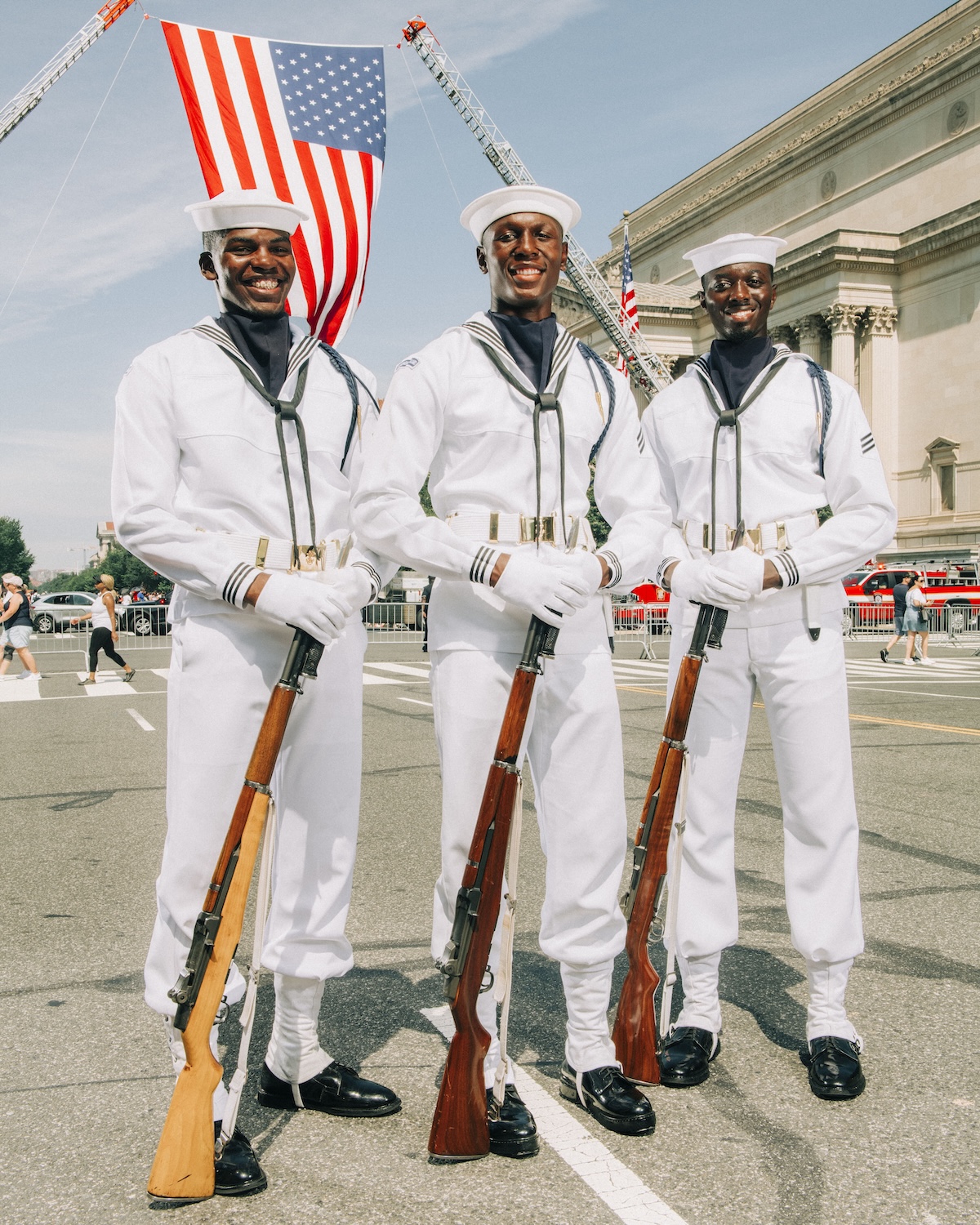

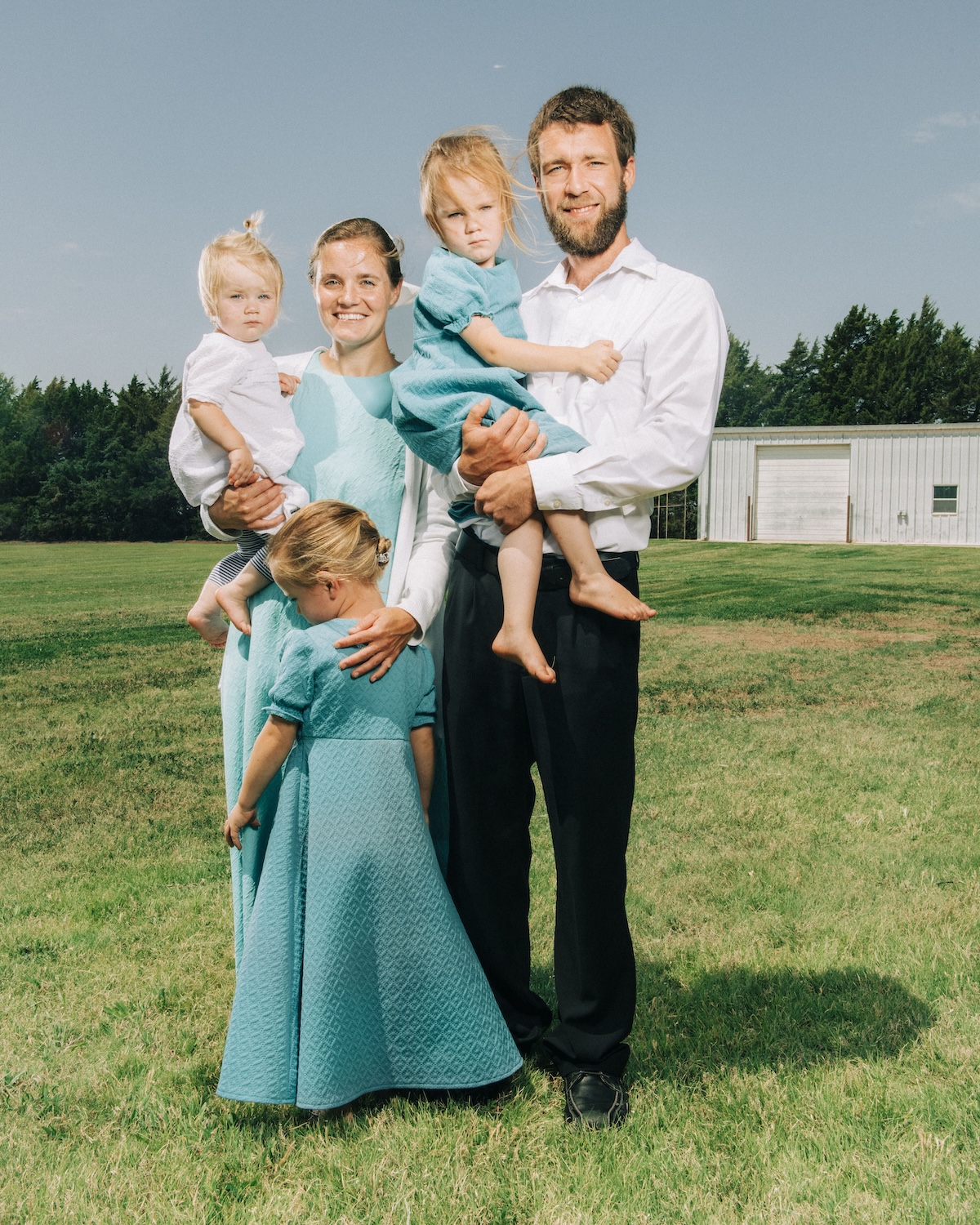


Making a portrait of North Korean society was an unprecedented challenge, drawing one of the United States might seem banal. However, the identity of American society comes naturally as a counterpoint to that of the North Koreans, in a game of mirrors, moving/static, multi-ethnic vs. mono-ethnic, multicultural vs. monocultural, multi-religious vs. dogmatic.
But these two societies have a common point, the fierce will to want to "standardize the ideal". For admittedly opposite reasons, the North Korean dictatorship imposes autarky and uses standardization to control and dehumanize individuals deprived of identity. America, open to the world, a symbol of democracy, is the heart of a globalized economy where a standardized dream is sold, "the American dream".
Gladieu states “The notion of identity is at the heart of my work. In North Korea, I used iconic representation to take up the propaganda codes and reveal a stabilized identity, frozen in time by isolation, resistance to history and political dogmatism. But isn't the iconic representation also the ancestor of modern advertising born across the Atlantic? It is an incarnation of the world, without pretending to represent reality. For this series, I therefore relyed on the codes of advertising.”
This standardization is a fundamental marker of identity and an expression of power, dear to the American spirit. This road offers a precise, revealing and symbolic framework of it, like the store signs (Walmart, Texaco, Subway), the everyday objects (car, tractor, horse), the architecture (gas station, garage, factory, farm, church, temple...), the leisure activities (gun range, amusement park) and the grandiose landscapes.
click to view the complete set of images in the archive










